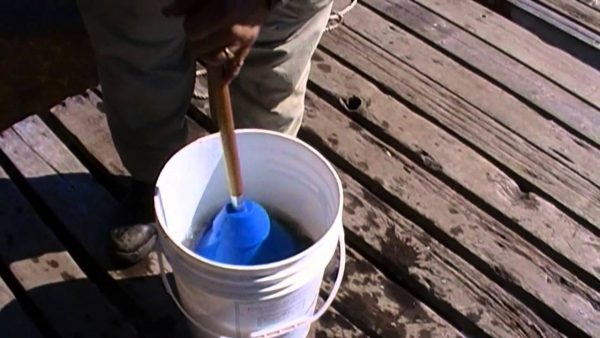
In the aftermath of a disaster, staying clean might be one of the last thoughts on your mind. After all, who thinks of wet wipes when they are busy staying alive? Once the immediate danger has passed, however, sanitation is absolutely important and should be one of your priorities.
Hygiene Is Important
Keeping proper hygiene and sanitation can help prevent infection and illness. So it is very important to stay as clean as possible, and follow proper hygiene practices whenever you are able to. Hand washing especially is one of our strongest tools to fight the spread of germs and disease. Especially if you have any cuts or injuries, keeping those clean is of the utmost importance.
After an emergency, there may be special guidelines to follow to ensure safe and proper sanitation.
Listen to the Authorities
Especially after a flood type disaster, tap water might not be safe to drink or even bathe in. Follow the directions of your local authorities and wait for the go-ahead to use water from faucets.
Find Safe Water
When you are planning for emergency preparedness, stockpiling safe drinking water should be one of your biggest priorities. Not only does it ensure that you have enough water to drink, but there should be enough to brush teeth, wash hands, and follow other sanitation procedures.
Along with your drinking water, it is a good idea to keep a good amount of distilled water for cleaning wounds and washing hands.
Making Water Safe
When there are no other options besides the water around you or in the tap, you might have to doctor the water so that it is safe to use. This typically involves filtering, boiling or disinfecting the water that you have available to you.
Boiling: Filter the water as best as you can using towels or even coffee filters. If you do not have a filter, let the water stand for a while so that the sediment separates and settles, and then pour the clear water off the top. Bring the clear water to a full boil and let boil for at least one whole minute. Let the water cool and keep any water that isn’t immediately used in clean, airtight containers.
Disinfecting: You can use iodine, water purification tablets, or even household (unscented) bleach to disinfect water. You will need to filter the water the same way, and then for the tablets or iodine follow directions from the manufacturer. For the bleach method, add 1/8 teaspoon of bleach per gallon of water, stir, and let sit for 30 minutes before use.
Last-Ditch Efforts
If you are not in a position to boil or disinfect your water, you can find water that is safe enough from many sources. In your home, the reserve water in your water heater tank and the water in your toilet tank (not the bowl) is usually safe to use as long as it hasn’t been treated with cleaning chemicals. Outside the home, rainwater and water from moving bodies of water will be much cleaner and safer than standing water that could be infected.
Other Sanitation Options
Wet wipes, antibacterial gels, and sprays are not the most efficient at getting you clean when you are truly unsanitary (like after a disaster), but they will work if you have nothing else at your disposal.
After a disaster, the most important thing to have to stay sanitary and safe from germs and disease is clean water. Follow these tips and techniques to find or make clean water to keep healthy.

